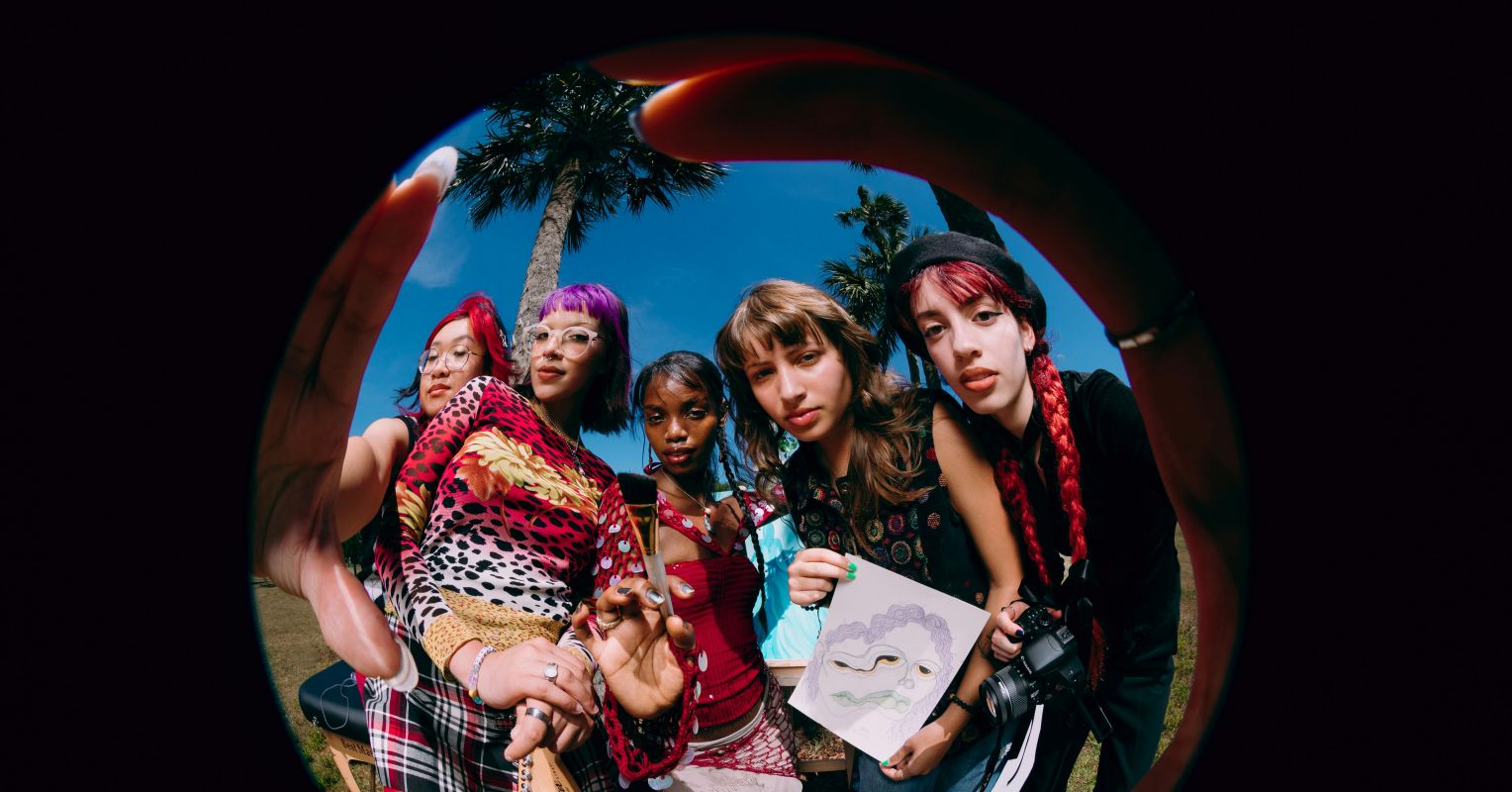

I came to the social skills group to make friends. At 11 years old, I had close to none. Each week, we would learn about different skills. Things like how to say hello, how to say goodbye, how loud to talk, and understanding idioms. I liked rules, so memorizing these rules came naturally. Yet, I’d find myself stumbling outside; unlike classes, actual social situations require quite a bit more nuance.
What I did that was helpful was “The Zone,” the last hour of group marked out as free time for us fellow autistic kids to talk, play Magic: The Gathering, or do whatever. For 60 minutes, I got to meet other people like me.
Social Connection Groups vs. Social Skills Groups
While social connection groups have been around for a long time, it has been only recently that the therapy community has recognized the value of less-structured groups. I met with a social connection group facilitator, Lisa Nicoloff, to explore what a social connection group is, how it works, and what makes it different from traditional social skills classes.
Nicoloff is a neurodiversity-affirming therapist in Illinois. She has been leading a social connection group for almost three years.
According to Nicoloff, “Traditional social skills groups tend to focus on teaching and practicing neurotypical social norms. Suppressing stims, forcing eye contact, focusing on body language, it can feel very performative, so you lose the opportunity to have a genuine connection.”
To the contrary, she remarks on the inclusive nature of social connection groups, with a focus on members’ experiences, hobbies, interests, and opinions rather than a set curriculum.
This doesn’t mean that there is never a conversation on neurodiversity-related topics. Rather, discussions have targeted an array of neurodiversity-specific needs, like “ways to accommodate sensory needs and care for mental health and avoid burnout, ideas for work/school accommodations, sharing interests, and masking. If group members don’t lead the conversation, I bring up a subject to discuss.” Yet, conversation isn’t limited to this. She says, “Everyday life challenges are reflected on, resources are shared, and time is spent talking about what’s in the news and favorite TV shows, movies, music, etc.”
Nicoloff’s group also serves as a space for fun and information exchange. She shares, “Sometimes we play games that spark conversation. We usually share resources such as books, social media accounts, websites, sensory tools, other groups in the area, etc.”
The group is cultivated to be a space where neurodivergent participants can feel welcome. Nicoloff reflects, “No topic is off limits, and if bringing subjects up and starting conversations in the group is tricky for members, they’re encouraged to email me, and I am happy to start the discussion at their request. I hope this provides a safe space for the members to connect without having to mask. Stimming is welcomed, and no forced eye contact is required. It’s encouraged to show up as the human you are and participate in whatever way is comfortable.”
Fun, Games, and More
Nicoloff emphasizes the therapeutic nature of community. In the United States, most therapeutic interventions are individual, reflecting our culture. Yet, loneliness is rampant, especially among autistic people.
Nicoloff reflects that social connection groups for autistic individuals are especially important, “Because it can be really hard to feel like you fit in when the world isn’t built for how your brain works. Having a sense of community can be helpful in reducing isolation and fostering connection, which can be life-saving. This is especially important for neurodivergent people who often are moving through daily life with added effort and barriers that not everyone sees; having a space to be seen or heard without having to mask or explain yourself can be really validating and a great reminder that you’re not alone.”
While research on social connection groups is limited, there has been some recent exploration on a subtype of social connection group: therapeutic Dungeons and Dragons.
In the article, “Let Your Clients Fight Dragons: A Rapid Evidence Assessment regarding the Therapeutic Utility of ‘Dungeons & Dragons’” published in the Journal of Creativity in Mental Health, the authors commented on promising themes among 13 studies (Henrich and Worthington, 2023).
Others have commented on how the fantastical and flexible nature of D&D can create an ideal space for working through a range of difficulties (Rosenblad et al., 2025). A study that utilized semi-structured interviews with autistic participants of a therapeutic tabletop role-playing game group found that many discovered the platform allowed them to relate more effectively (Atherton et al., 2025).
Still, research is in its early stages and is evolving. Additional quantitative work will likely be necessary before tabletop role-playing game-centered therapy is deemed an evidence-based practice.
For Therapists
For others wishing to begin their own social connection group, Nicoloff gives this advice: “Do your best to create a low-pressure environment where group members feel they can participate and communicate in whatever way is most comfortable for them. Over time, I have hosted my group, and I have found that people tend to show up more authentically and get more out of the group when there’s no pressure to speak or act a certain way. Collaborate with the group on topics or activities to support inclusion. Keep learning about neurodiversity by reading books by neurodivergent authors and participating in trainings led by neurodivergent therapists; this will give you more ideas on discussion topics and more ways to support your group.”








